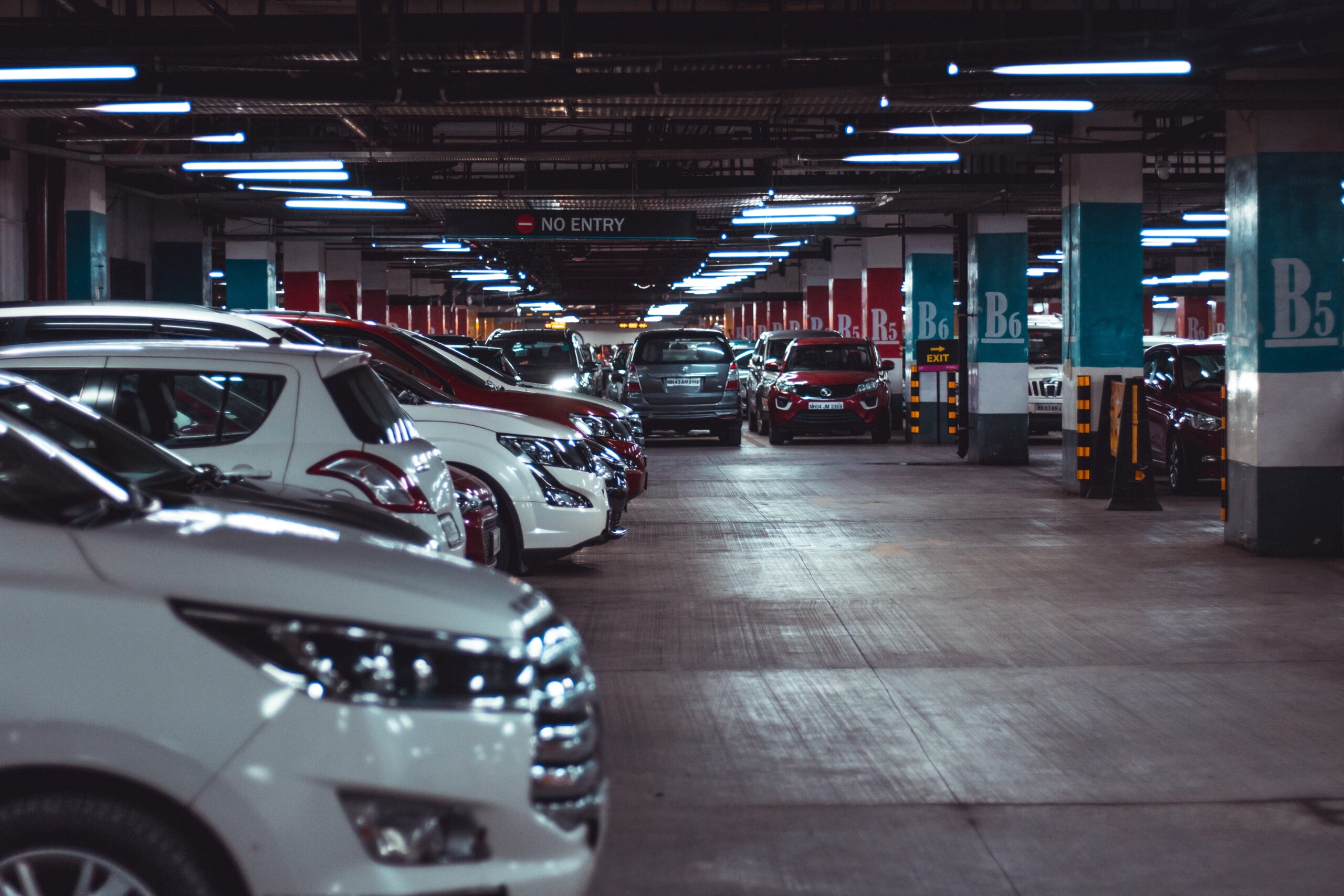Minimum car parking requirements were initially introduced with the intention of managing traffic flow, ensuring adequate parking availability, and preventing congestion. Cities established these regulations based on anticipated demand, taking into account factors such as population density, land use, and business activity. The idea was to strike a balance between accommodating private vehicles and maintaining orderly urban development.
While minimum car parking requirements were conceived as a solution to parking shortages, they have inadvertently contributed to an increase in private vehicle use. The logic behind this paradox lies in the concept of induced demand. Simply put, by mandating a minimum number of parking spaces for new developments, cities unintentionally incentivise private vehicle ownership and usage.
Minimum car parking requirements can be seen as indirectly promoting car ownership. When developers are compelled to provide a certain number of parking spaces per unit, it implies that residents or employees are expected to own a vehicle. This can lead to a self-fulfilling prophecy, as individuals, anticipating the need for parking, are more likely to invest in a car. Consequently, this increases the overall number of private vehicles on the road, contributing to congestion and environmental concerns.
The implementation of minimum car parking rates may inadvertently discourage the use of alternative transportation modes. By prioritising parking for private vehicles, cities may neglect the development of comprehensive public transportation systems, cycling infrastructure, and pedestrian-friendly spaces. In the absence of viable alternatives, individuals are more likely to opt for private vehicles, perpetuating a cycle of car-centric urban planning.
One of the most significant consequences of minimum car parking requirements is the exacerbation of traffic congestion. As more people own cars due to the perceived necessity created by parking regulations, roads become crowded, leading to increased travel times and decreased overall efficiency. The very problem these regulations aimed to address—parking shortages—can, ironically, contribute to a more significant and complex issue: urban gridlock.
The surge in private vehicle use resulting from minimum car parking requirements has severe implications for the environment. Increased traffic congestion leads to higher emissions, contributing to air pollution and climate change. Moreover, the reliance on personal vehicles hampers efforts to promote sustainable transportation methods, such as electric vehicles, shared mobility services, and public transit.
Potential Solutions
Recognising the unintended consequences of minimum car parking requirements, urban planners and policymakers are exploring alternative approaches to address parking challenges while mitigating the negative impacts on private vehicle use.
Flexible Parking Standards
Implementing flexible parking standards that consider the unique characteristics of different neighbourhoods and developments can be more effective. Rather than applying a one-size-fits-all approach, cities can tailor parking requirements based on factors such as proximity to public transportation, walkability, and local demand.
Public Transport Focussed Development
Encouraging public transport-oriented development, where residential and commercial spaces are strategically located near public transport hubs, can help reduce reliance on private vehicles. By emphasizing convenient access to public transportation, cities can create incentives for residents and workers to choose alternative modes of commuting.
Investment in Alternative Transportation
Prioritising investments in public transportation, cycling infrastructure, and pedestrian-friendly environments can provide viable alternatives to private vehicle use. By creating a well-connected and efficient transportation network, cities can make it more convenient for individuals to choose sustainable modes of commuting.
Conclusion
Minimum car parking requirements, initially introduced to address parking shortages, have inadvertently contributed to the growth of private vehicle use, exacerbating issues such as traffic congestion and environmental degradation. Recognising this paradox, urban planners and policymakers must reevaluate current regulations and explore alternative approaches that prioritise sustainable transportation options. By fostering public transport-oriented development, implementing flexible parking standards, and investing in alternative transportation, cities can create a more balanced and environmentally friendly urban mobility landscape. It is crucial to shift the focus from merely accommodating private vehicles to building cities that prioritise accessibility, efficiency, and sustainability for all residents.


